
There is no doubt that Java is one of the most in-demand programming languages. Here, we have dug out some useful information about Framework trends to ease the daily work of software developers across the globe.
According to a survey conducted by RebelLabs, a media ally of the Online Java User Group (Virtual JUG), the lineup of the best Java frameworks of 2016 is as follows:
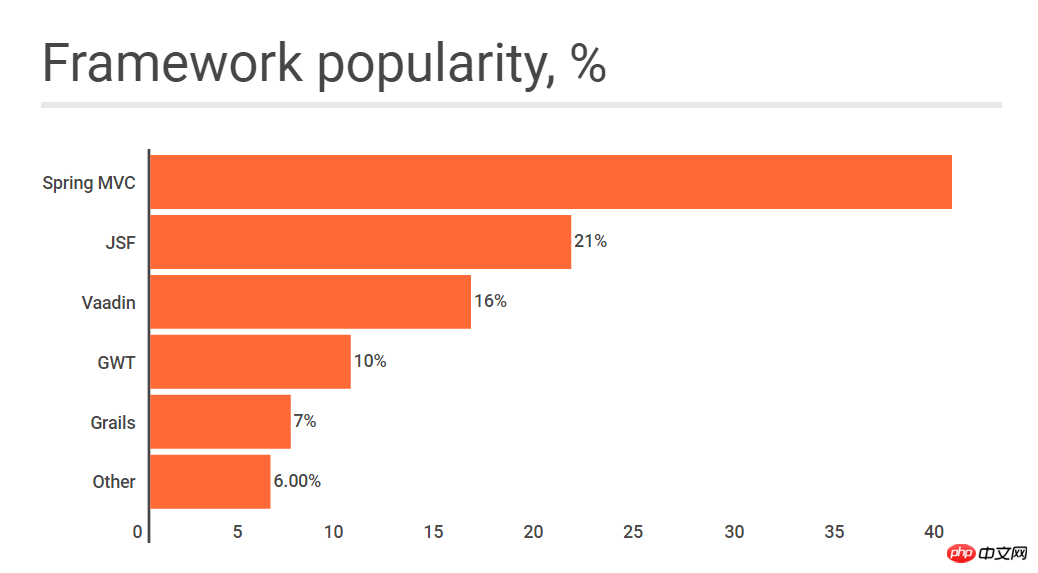
We don’t want you to just look at the comparison chart and skip the overview of each framework, because the frameworks will be analyzed and compared to help you choose the perfect tool according to your project.
Spring MVC has been more than ten years old since it was first released, but it is still in the leading position . After expanding to embrace the complete MVC framework, Spring continues to evolve and transform into a comprehensive Java framework for Internet-oriented applications, providing software engineers with web applications. A powerful toolkit is provided for development and application configuration as well as security projects. As one of the most popular frameworks among programmers, Spring has a well-developed ecosystem that offers various additional options: REST API or SOAP web services, security ( Authentication and authorization, encryption), etc. Another advantage of choosing it is that many development colleagues in large companies also choose to use this specific Java framework. Therefore, they can provide you with the query help you need.
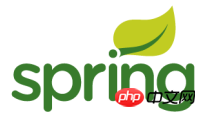
Advantages and Disadvantages
For no reason, Spring is not nested at the top of the diagram. It is one of the best and most well-known Java frameworks because:
Simplifies the injection of test data by using POJOs.
Enhanced Modularization, resulting in better code readability.
Loose coupling between different modules.
Dependency injection (DI) can be used flexibly.
Although it is not a direct shortcoming of the framework, regardless of the number of reference documents, Spring MVC may not be easy for novice Java developers to master, and its learning curve is too steep. Therefore, dealing with certain parts of this Java framework can be a bit difficult if you come across a poor reference documentation. You may find that the information differs between versions.
By the way, Spring MVC is one of our favorite frameworks due to the great experience of our engineers.
In order to elaborate in more detail on existing Java frameworks that are widely used by modern software engineers, we decided to refer to the successor version of Apache's Struts 1 (Struts 2). This Java framework is a great discovery for engineers who are building modern Java EE webapps. Apache Software Foundation provides developers with a wide range of tools for creating enterprise-oriented web applications, optimizing the development process from the beginning to the final point as well as post-maintenance. If you are worried about a high-load system (such as a broadcast portal), then this is the right choice.

Due to the Action class (ordinary POJO object) implemented in Struts 2, the workload required to test and write code is reduced. Coupling becomes easier using the framework's API, which also helps with tuning interceptors.
Advantages and Disadvantages
When you ask yourself why you should consider Struts 2, consider the luxury of not having to rewrite or implement the Action class - it already In place! The need for IT engineers to create code with duplicate settings for multiple operations is no longer a problem because interceptors will take care of it.
However, you may be put off by the sheer size of this Java framework: some programmers find it inflexible.
Although it is not on RebelLabs’ list, Hibernate is worth mentioning when discussing the best Java frameworks. This mapping Java framework solves the object relational impedance mismatch problem by replacing persistent DB access to advanced object handling functions . As every enterprise application starts with this problem, Hibernate comes with a great suite of features to help backend developers fine-tune the data access layer. This is an advanced ORM framework that allows you to perform database operations on Java objects (entities). It is a persistence concept - using Hibernatecaching to persist data from the Java environment to the database.

Advantages and Disadvantages
Hibernate allows you to communicate with any database using small changes in the code you write, bridging objects and The gap between relative words. The most important thing is:
Oracle, Db2 or MySQL, Hibernate is DB independent.
To the bug database through the caching mechanism of similar queries.
N + 1 or lazy loading support.
Although it has these obvious advantages, Hibernate does not allow multiple inserts and does not allow some queries that JDBC can do. Also, this Java framework may not be a good choice for small-scale projects with fewer tables.
As part of Java EE, Oracle supports JavaServer Faces. Although not the best framework for rapid Java development, it is easy to use because Oracle provides great documentation. In addition, when you use the Java EE environment, you will find that JSF has no external dependencies and instead provides a large number of functions. A rich set of libraries and tools (including a tool set for easy user interface creation) make it a magic wand to support you in any application, no matter how complex it may seem.
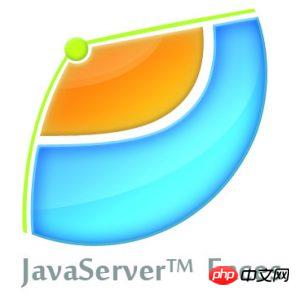
Advantages and Disadvantages
As mentioned above, JSF is an integral part of Java EE. Therefore, developers leverage IDE software suites along with the best level of support from industry-leading vendors.
On the other hand, JavaServer Faces is so large that it is very difficult to understand for those whose experience and skills are not strong enough in the basics of web development.
Using GWT to render the final web page, Vaadin has become one of the popular frameworks chosen by modern developers when creating business applications. Leveraging a well-known component-based approach, Vaadin eases the burden on developers by communicating changes made to the browser. An extensive set of UI components, as well as various widgets and controls, allow programmers to build cool applications at any time.

Advantages and Disadvantages
Build layouts in Java, HTML or both, Vaadin provides bindings using either MVC or MVP Opportunities to determine data. Drag-and-drop support along with other prominent features simplify the creation of single-page UI for Java applications.
On the downside, UI sluggishness for mobile apps can be an issue since Vaadin sends every event back to the server.
GWT is another free Java framework that allows programmers to create and optimize complex web-based applications. The GWT software development kit provides core Java APIs and widgets for building applications that are then compiled to JavaScript.
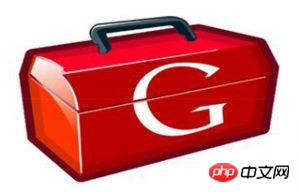
Advantages and Disadvantages
With Google Web Toolkit you get a single code base (browser side and server side in Java end-to-end programming), thereby simplifying the development and debugging process. Simple integration with other technologies allows programmers to embed GWT widgets in web pages. Custom widget functionality is another benefit that can be created with the help of GWT.
However, if you are a Web designer, GWT may not be the best choice for a Java framework; it is not kind to pure HTML and late-stage dynamic content layout.
This particular web framework is regarded as a dynamic tool to improve engineer productivity because of its stubborn API, reasonable defaults, and convention over configuration paradigm. Seamless Java integration makes this particular framework the best choice for a large number of programmers around the world. A set of powerful features, such as dependency injection and various plug-ins provided by Spring, provide everything you need to create modern web-based applications.
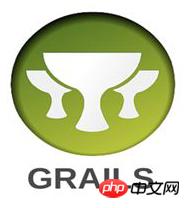
Advantages and Disadvantages
Quickly setting up a new project and scaffolding saves programmers a lot of valuable time. A huge library provides over 900 different easy install plugins. Although Grails is a Java framework for full-stack development, it also has a huge feature set covered by Grails' object-relational mapping, making it a relatively clunky piece of software.
Choosing the right concept among the various popular Java frameworks in 2016 can be a troublesome task as every company sticks to their own ideas when it comes to choosing a winning approach for web and mobile app creation. No matter what exact framework you're using, keep in mind things like license, ease of installation, active network, and having documentation on hand. Depending on the type of project, sometimes it's wise to pick all the tools together, but many times it makes more sense to "slim down" and move to a lightweight concept.
Another question is whether your busy friends are ready to learn and whether they have free time to allocate to knowledge acquisition. Often, it's well worth handing development over to a remote team and getting a profitable product. Happy developing!
The above is the detailed content of Introducing the 7 best Java frameworks (pictures). For more information, please follow other related articles on the PHP Chinese website!




